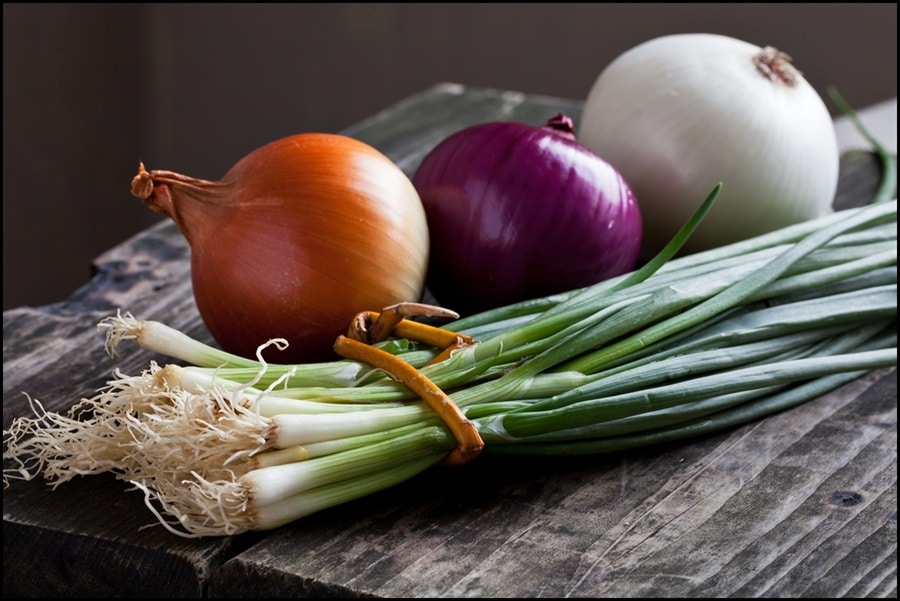Picture this: you’re about to enjoy a delicious home-cooked meal featuring chicken as the star ingredient. You’ve taken all the precautions to ensure it’s cooked to perfection, aiming to avoid any risk of Salmonella. But did you know that chicken isn’t the only food that can be a source of this troublesome bacteria? In fact, there are several other foods that are more likely to harbor Salmonella. This article aims to debunk the myth that chicken is the primary culprit and shed light on other foods that are often overlooked but can be just as risky. So, let’s dive in and explore the various foods that could be hiding this unwelcome guest.
Contents
- 1 Salmonella: More Than Just A Chicken Problem
- 2 The Underestimated Culprit: Raw Eggs
- 3 Seafood: A Slippery Slope
- 4 Fresh Produce: Not Always As Clean As You Think
- 5 Dairy Products: The Hidden Risks
- 6 Processed Foods: Convenience At A Cost
- 7 Pet Food And Treats: Not Just A Human Concern
- 8 Nuts and Spices: Small But Mighty Carriers
- 9 Be Mindful Of The Foods You Consume!
Salmonella: More Than Just A Chicken Problem
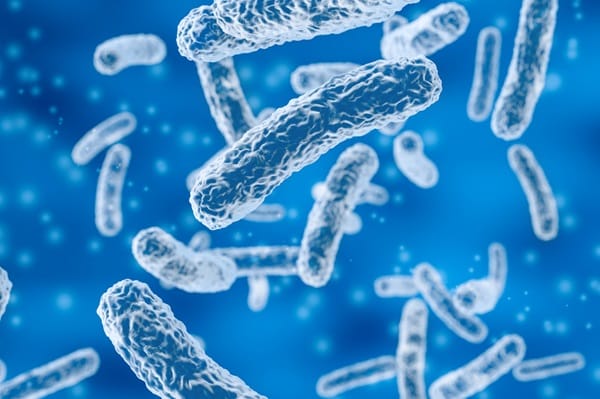
Salmonella is a type of bacteria that resides in the intestines of animals and humans. It’s notorious for causing foodborne illnesses, with symptoms ranging from stomach cramps to severe dehydration. While chicken often takes the blame for Salmonella outbreaks, it’s crucial to recognize that this bacteria can lurk in a variety of other foods as well. Understanding the different routes of transmission—such as cross-contamination, improper storage, or consumption of raw or undercooked food—can help in taking the necessary precautions.
The symptoms of a Salmonella infection are not to be taken lightly. They can include diarrhea, fever, and abdominal cramps, and in severe cases, may require hospitalization. The association between chicken and Salmonella is so ingrained in public consciousness that people often overlook other potential sources. This narrow focus can be misleading and may contribute to the spread of infection from other foods. Therefore, expanding one’s knowledge about the various foods that can carry Salmonella is the first step in comprehensive food safety.
The Underestimated Culprit: Raw Eggs

When it comes to raw eggs, many people think of classic dishes like Caesar salad, homemade mayonnaise, or even cookie dough. What often slips the mind is the potential risk of Salmonella. The bacteria can be present either on the eggshell or inside the egg if the hen that laid it was infected. This makes raw eggs a surprisingly common source of Salmonella, one that is often underestimated.
To minimize the risk, it’s crucial to handle eggs properly. Always check for cracks before purchasing, as bacteria can enter through these openings. Store eggs in the refrigerator to inhibit bacterial growth, and consider using pasteurized eggs for recipes that call for raw or lightly cooked eggs. Being cautious with egg handling can go a long way in preventing an unpleasant encounter with Salmonella.
Seafood: A Slippery Slope
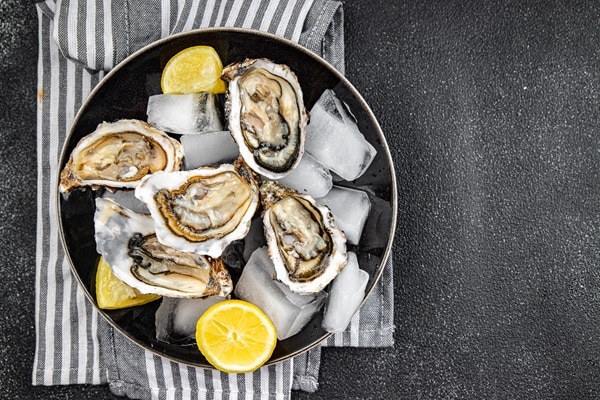
Seafood, with its reputation for freshness, often escapes scrutiny when it comes to foodborne illnesses. However, raw or undercooked seafood like shellfish, oysters, and sushi can be a breeding ground for Salmonella. Contamination can occur at multiple stages, from the water where the seafood is harvested to the handling and preparation processes. This makes seafood a slippery slope when it comes to Salmonella risk.
Selecting and preparing seafood requires a discerning eye and meticulous care. Always opt for seafood that has been properly stored and appears fresh. Cooking seafood to the recommended internal temperature can kill off any lurking bacteria, including Salmonella. If you’re a fan of raw seafood dishes, consider sourcing from reputable suppliers who adhere to strict safety guidelines. This can significantly reduce the risk of contamination and ensure a safer dining experience.
Fresh Produce: Not Always As Clean As You Think
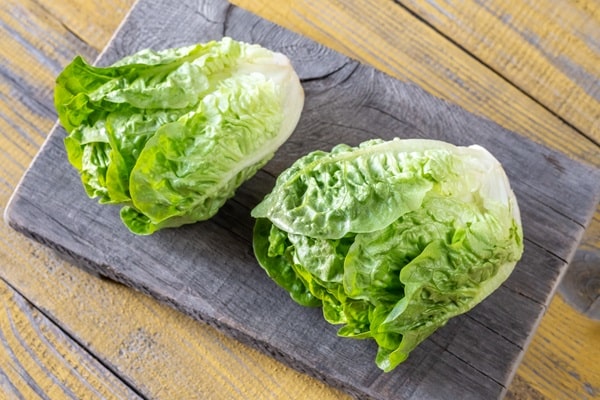
When you reach for that crisp apple or bunch of leafy greens, the last thing on your mind is probably Salmonella. Fruits and vegetables are often seen as the epitome of health, but they, too, can be carriers of this harmful bacteria. Contamination can occur at any point from farm to table, whether it’s from the soil, irrigation water, or even during the handling and transportation process. Leafy greens, melons, and tomatoes have all been implicated in past Salmonella outbreaks, making it clear that produce is not always as clean as one might think.
To mitigate the risk, thoroughly washing all fruits and vegetables is essential. Even produce that will be peeled should be washed to prevent bacteria on the skin from contaminating the inner flesh. Organic or not, all produce should be handled with the same level of care. For those who are particularly vulnerable, such as the elderly or those with compromised immune systems, cooking vegetables can offer an extra layer of protection against potential bacterial contamination.
Dairy Products: The Hidden Risks
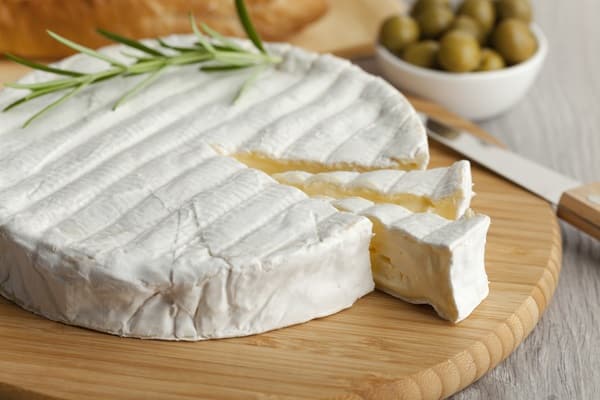
Milk and cheese are staples in many diets, but they come with their own set of risks when it comes to Salmonella. Unpasteurized, or “raw,” dairy products are particularly susceptible to bacterial contamination. Pasteurization, the process of heating food to kill harmful bacteria, is often skipped in the production of raw dairy products, making them a more likely source of Salmonella than their pasteurized counterparts.
If you’re a fan of raw dairy, it’s crucial to know the risks and how to mitigate them. Always source raw dairy products from reputable suppliers who adhere to strict safety and hygiene standards. For those who prefer to err on the side of caution, sticking to pasteurized dairy products is a safer bet. Pasteurization doesn’t just kill Salmonella; it also eliminates other harmful bacteria, making the product safer for consumption.
Processed Foods: Convenience At A Cost
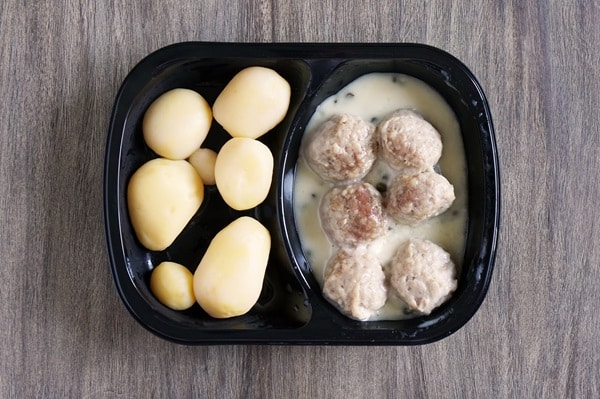
The allure of processed foods often lies in their convenience and long shelf life. However, these benefits can come at a cost: the risk of Salmonella contamination. Foods like frozen dinners, canned goods, and even some baked items can be contaminated during the manufacturing process. The bacteria can survive in these foods for extended periods, making them a potential risk that many overlook.
To minimize the risk associated with processed foods, always adhere to storage and cooking instructions on the packaging. If a recall is announced for a product you have in your pantry, take it seriously and dispose of the item immediately. Being vigilant about the sources of your processed foods and how they are prepared can make a significant difference in reducing the risk of Salmonella infection.
Pet Food And Treats: Not Just A Human Concern
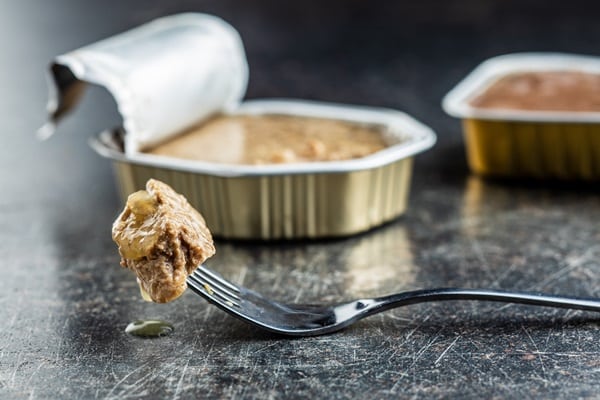
Salmonella isn’t just a human problem; it can also affect your furry friends. Pet foods and treats, particularly those that are raw or minimally processed, can harbor Salmonella bacteria. What’s more concerning is that pets can become carriers of the bacteria, posing a risk to human family members through cross-contamination.
When it comes to pet food, safety should be a top priority. Always handle pet food with clean hands and utensils, and be sure to wash your hands thoroughly after feeding your pet. Store pet food in a cool, dry place, and be cautious with raw pet food diets, which are more susceptible to bacterial contamination. If you’re concerned about the risk, consult your veterinarian for advice on the safest food options for your pet.
Nuts and Spices: Small But Mighty Carriers
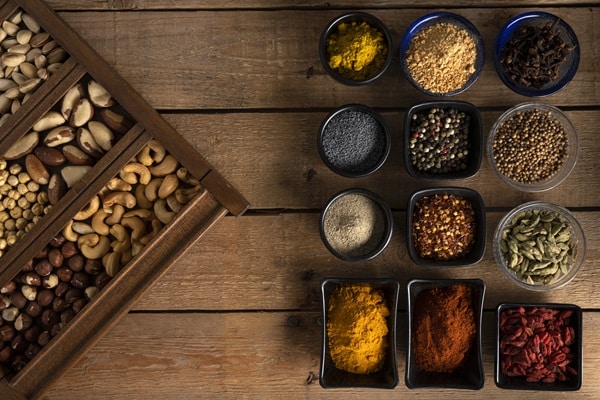
Don’t let their small size fool you; nuts and spices can be potent carriers of Salmonella. These pantry staples are often assumed to be safe due to their dry nature, but they can become contaminated during the harvesting, processing, or packaging stages. Almonds, peanuts, and even black pepper have been linked to Salmonella outbreaks in the past, making it essential to consider these foods in your food safety practices.
To reduce the risk, consider toasting nuts and spices before use, as heat can kill off any lingering bacteria. Always store these items in a cool, dry place and pay attention to any recalls or safety alerts related to these foods. If you’re using spices from bulk bins, ensure the store follows good hygiene practices to minimize the risk of contamination. Being cautious with these small but mighty carriers can go a long way in ensuring your meals are both delicious and safe.
Be Mindful Of The Foods You Consume!
You’ve journeyed through the landscape of foods that are more likely than chicken to be a source of Salmonella. From the underestimated risks in raw eggs to the hidden dangers in your pet’s food bowl, it’s clear that vigilance is key in avoiding this harmful bacteria. While chicken often takes the spotlight in discussions about Salmonella, this article has aimed to broaden that focus. The next time you’re grocery shopping or preparing a meal, remember these often-overlooked foods and take the necessary precautions to ensure you’re eating safely.


